What the High Court Won't Hear
By John Ennis
johnennis@judicialstudies.com
www.judicialreports.com
Posted October 3, 2007
Why the U.S. Supreme Court won't be hearing about a major part of the problem with New York's judiciary.
As the U.S. Supreme Court considers oral arguments in Lopez Torres vs. NYS Board of Elections, the 2006 federal ruling that overturned New York's boss-dominated system for electing trial judges, the justices are not even hearing about one-third of the issue.
New York's Constitution requires that state Supreme Court justices — its general jurisdiction trial judges — be elected. Simultaneously, its election law states that party nominations for those posts are to be made at a convention, rather than through an open primary.
In 2006 U.S. District Judge John Gleeson found that the boss-manipulated nomination system (combined with electoral districts that are typically dominated by one party), effectively disenfranchised state voters. He ordered the New York Legislature to rebuild the system, with open primaries to be held until a constitutionally viable plan was in place.
The U.S. Court of Appeals for the Second Circuit upheld the decision.
But as the nation's highest court reviews those rulings, its members won't hear about the large percentage of state Supreme Court justices who don't join the bench though the method now under challenge.
RELATIVE JUSTICE
More than 30 percent (44 percent in New York City) of currently sitting state Supreme Court jurists were appointed by the state's Chief Administrative Judge.
The New York Constitution spells out how lower court judges may be temporarily assigned to the Supreme Court (with all the commensurate powers.)
Temporary (or "acting") justices usually hold the position for as long as they maintain their lower court title. They may also run for reelection to keep their lower court seats, even though they haven't sat in the lower court for years and often stay in the Supreme Court after reelection.
Asked about the system, David Bookstaver, spokesperson for the Office of Court Administration (OCA), pointed out that the office annually reviews acting justices, leaving their hold on the position temporary. And it's true that some acting justices have been demoted.
But this is not a sanctioned technique of merit appointment.
The purpose of temporary assignments is to allow quick replacement of suddenly vacated positions until the next election is held. And it often doesn't work out that way.
Supreme Court terms last 14 years, and more than a handful of acting justices have served in that capacity since the 1980s (13 in NYC alone as of August 2006). These nominally temporary assignments are exceeding the actual term of office.
Oscar Chase, Co-Director of the Institute of Judicial Administration at New York University's School of Law, noted that such an arrangement could threaten judicial independence. Such performance evaluations, he said, might "affect your approach to issues."
Elected justices must answer to the voters, at least via the party bosses, every 14 years. Acting justices must answer to administrators every 12 months (a far cry from the federal bench's life tenure).
Furthermore, these promotions are not replacing vacant Supreme Court seats. They are expanding the upper court.
If the Legislature decided to pluck an additional one third of its membership from, say, town councils around the state, it is hard to imagine New York's electorate accepting such a dynamic.
As for the legal arguments presented in Lopez Torres, this raises a major question: How can the party-boss convention system for judicial nominees disenfranchise voters, while this long-term appointment process does not?
That question is not before the high court because no one is complaining. The justices are hearing Lopez Torres because the plaintiffs' attempts to get on the ballot had been blocked by their party's machinery at the convention, generating a grievance.
By contrast, no natural litigant exists to challenge the acting justice system (indeed, many judges benefit from it) — and none of the participants in the present litigation have broached the issue. (Jame Sample of the Brennan Center, which represents the plaintiffs, declined to comment for this article).
TAKING UP HARMS
Many observers assume that New York's Supreme Court would be overwhelmed without the additional judges from the lower courts. Bookstaver stated that the OCA is "constantly managing our resources based on the operational needs of the courts."
However, a comparison of New York to other states indicates that the lower courts (which typically handle minor criminal offenses and lower-stakes civil actions) are at a relative staffing disadvantage.
Though it has a comparable per capita caseload overall, New York's lower courts are statistically more burdened than the other states:
Incoming Cases per 50,000 people
Nationwide Total - 6289 (General Jurisdiction Court: 1413 - 22% /Lower Courts: 4876 - 78%)
New York Total - 6759 (New York Supreme Court: 1081 - 16%/Lower Courts: 5678 - 84%)
[Note: all figures in this section are from the National Center for State Courts and are from 2004 — the year of their most recent published survey. The figures do not include the half-dozen states without a lower court system.]
Because New York's lower courts shoulder this additional burden, it's debatable that a judicial shortage exists at the general jurisdiction level — at least as compared to the other states. And that would remain true even if acting justices weren't being promoted:
Because New York's lower courts shoulder this additional burden, it's debatable that a judicial shortage exists at the general jurisdiction level — at least as compared to the other states. And that would remain true even if acting justices weren't being promoted:
Incoming (Non-Traffic) Cases Per General Jurisdiction Trial Judge
1652.....Nationwide
1196.....New York (without acting justices)
913.....New York (with acting justices)
Nor is it the case that New York has even a relative abundance of lower court judges. Not counting "justices of the peace", mayors, and other quasi-judicial staff, the nation averages 1.77 lower court judges for every general jurisdiction judge. New York, after the acting promotions, averages 1.17.
In short, New York's Supreme Court hears 16 percent of the state's cases (the nationwide average is 22 percent), and has 46 percent of the state's trial judges (the nationwide average is 36 percent).
Perhaps one sanguine effect of the practice of promoting lower court judges is that they earn an average pay increase of 9 percent — not an inconsiderable sum in a state where the judiciary has not seen a salary adjustment in eight years.
But the upshot is that even if the high court upholds Gleeson's ruling and orders that the state fix its Supreme Court election system, New York will still be left with a sizable portion of its bench effectively exempted from any reform. The "temporary" selection system for many of the justices who hear murder trials, oversee multimillion dollar contract disputes, and issue lifetime prison sentences will remain. And the voters will continue to be disenfranchised.
SEE: www.judicialreports.com
Nor is it the case that New York has even a relative abundance of lower court judges. Not counting "justices of the peace", mayors, and other quasi-judicial staff, the nation averages 1.77 lower court judges for every general jurisdiction judge. New York, after the acting promotions, averages 1.17.
In short, New York's Supreme Court hears 16 percent of the state's cases (the nationwide average is 22 percent), and has 46 percent of the state's trial judges (the nationwide average is 36 percent).
Perhaps one sanguine effect of the practice of promoting lower court judges is that they earn an average pay increase of 9 percent — not an inconsiderable sum in a state where the judiciary has not seen a salary adjustment in eight years.
But the upshot is that even if the high court upholds Gleeson's ruling and orders that the state fix its Supreme Court election system, New York will still be left with a sizable portion of its bench effectively exempted from any reform. The "temporary" selection system for many of the justices who hear murder trials, oversee multimillion dollar contract disputes, and issue lifetime prison sentences will remain. And the voters will continue to be disenfranchised.
SEE: www.judicialreports.com





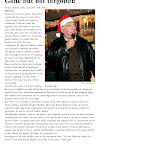

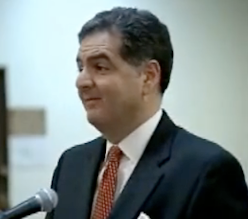
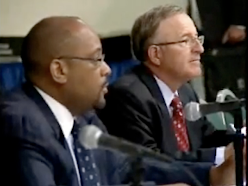
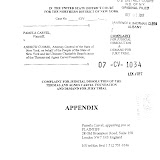
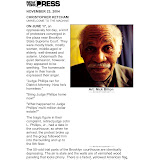
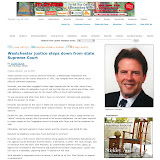
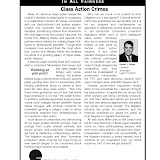

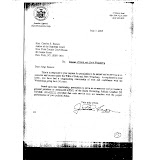
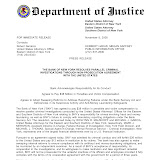
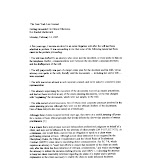

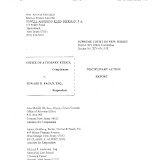
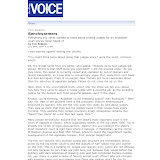
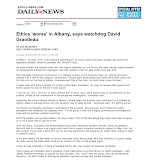
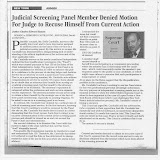

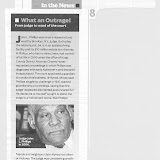
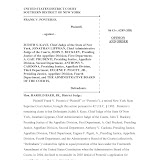
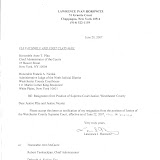
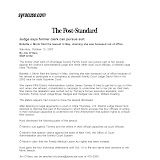
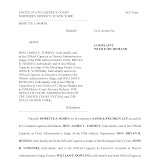

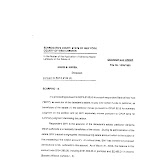
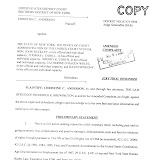
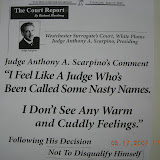
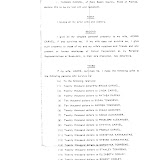
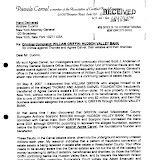
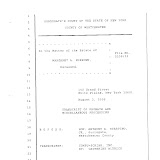
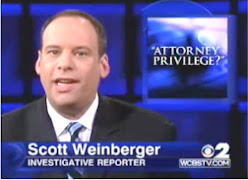
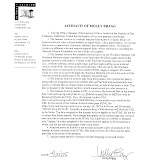
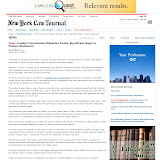
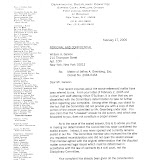
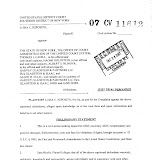
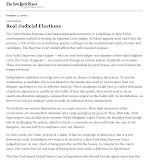
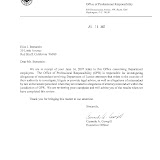
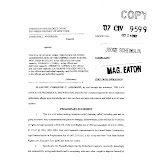
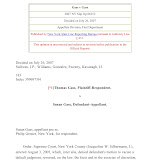
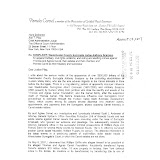

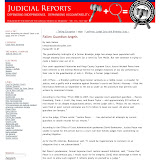
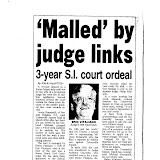
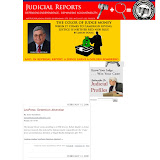
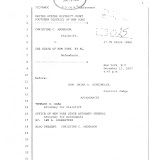
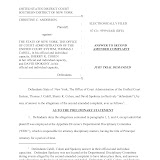
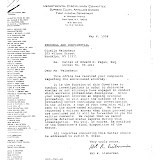
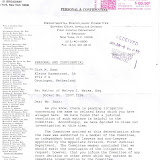
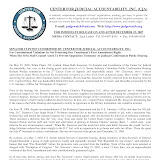
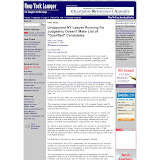
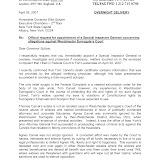
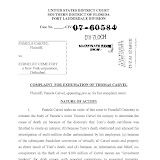
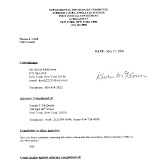
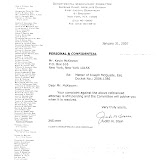
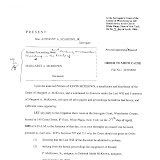
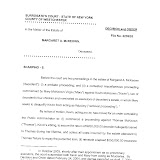
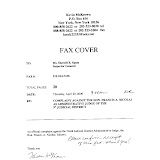
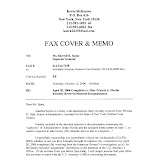
8 comments:
Very good article, in my opinion the fix is in, these Judges don't want to give up a good thing.
look at Charles Ramos, that guy is a bum and he knows it
Bookstaver can cover the OCA judiciary with his load of corny statments forever, but he seems to forget and believe that there are no insiders and many outsiders willing to tell all they know about what the ny judges do, know and excrete! The pressure for reform will come from the ny taxpayers and not from any men in dresses! I make a plea to all ny taxpayers to start recognizing how the judiciary affects your daily lives and begin the process of accountability. Judicial independence has already been heavily comprised. The system must change and SOON!
"They" like things the way they are, everyone is making MONEY. So why would "They" want anything to change?
Definitely, the judiciary doesn't want change...GOD never...it is the taxpayer! The judiciary acts like organized crime, with the benefits of prostitution engaging female employees, working in exempt supervisory or "administrative positions, as they refer to them, while they are making almost 6 figures, servicing the judiciary right in the courthouses! The attempt here is not to get the court system to correct itself, but to expose enough corruption to enrage the public into forcing the changes! Enough honest printing of their garbage should start this process!
Acting? There is no "acting" going on. The lower judge hacks are REALLY sucking up to the corrupt powers, doing anything they dictate, just so they can be "designated" as a Supreme Court Judge (in any way) so they can get a raise and think they are a "bigger" judge.
No "acting"...... just real lawless activity by bad actors.
it seems to me that the people in the federal case could go to court and ask for the federal government to step in and clean up the mess. Oh, what knucklehead came up with an 'acting' judge?!?
We never had acting judges here until judy kaye! We now use town and village judges for that and they are not even part of OCA! Looks as though kaye baby wants to seek more and more control! how can someone so ignorant and brutal be so powerful....does ugly rule now in ny state!
Post a Comment